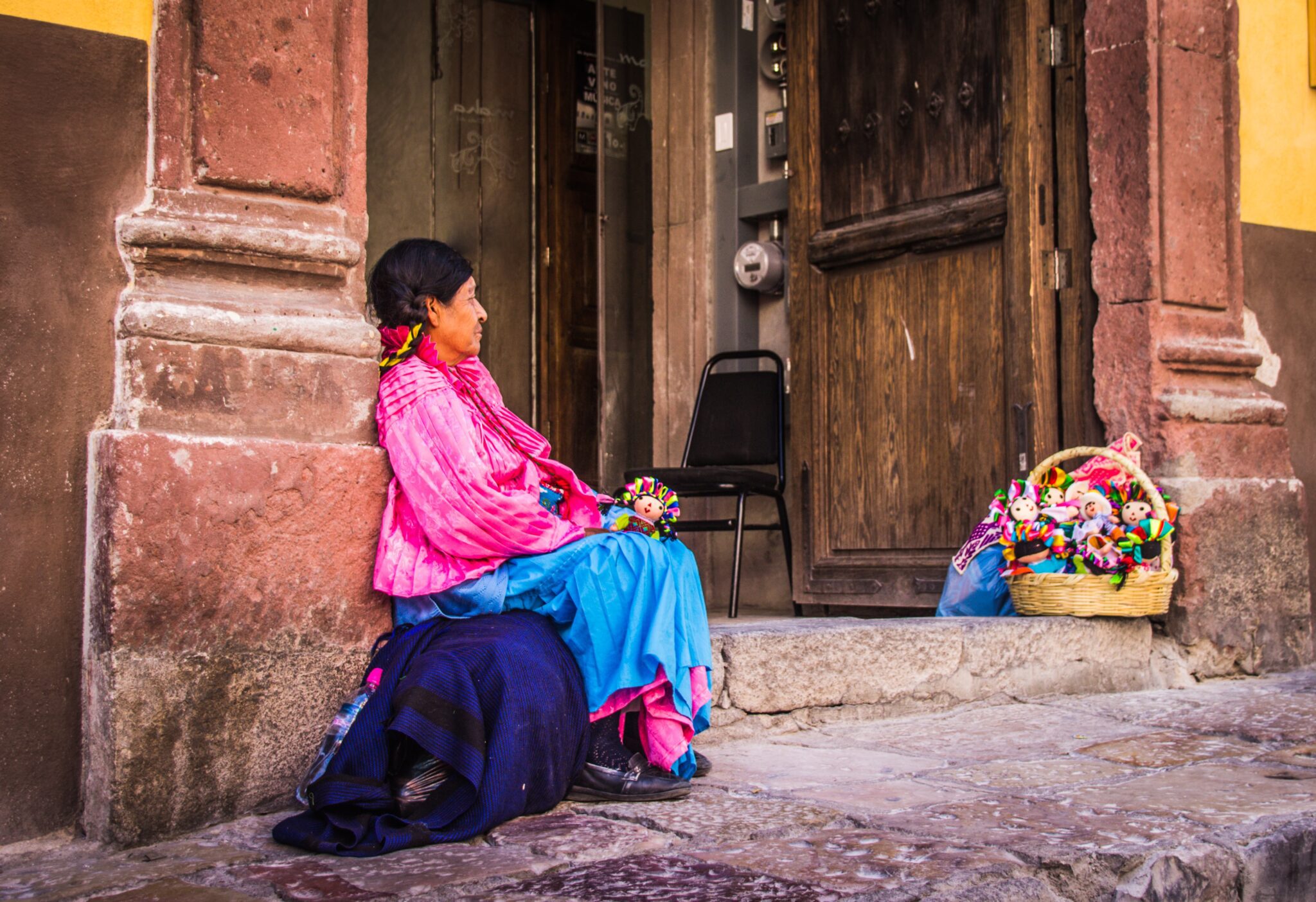Skift Take
Tourism has never been a silver bullet for alleviating poverty and it often has adverse consequences. So just how far a push for living wage standards will go remains to be seen.
Intrepid Travel CEO James Thornton says he doesn’t just want to pay a so-called living wage – he wants to exceed it. That goes for the company’s own employees as well as all the workers involved with its tours and services on five continents.
Wage exploitation is a concern in the tourism industry and Intrepid has been publishing a Modern Slavery statement since 2018 for all countries where it employs staff. It’s a requirement for certification as a Benefit Corporation or B Corp, which means companies will commit to using business as a “force for good” by implementing social and environmental standards.
Intrepid’s next Modern Slavery statement will be released at the end of June. Together with wage exploitation, the statement looks at goals and outcomes the company has set towards a zero-tolerance approach to forced labor, human trafficking, and child labor.
Thornton said he wants the company to “extend above living wage standards across the world.” He said Intrepid had made “living wage adjustments in Egypt, Kenya, Cambodia, Nepal, Mexico, and Peru to meet this pledge.”
In Peru, for example, work conditions for porters who carry the camping equipment and baggage for the hikers of the popular Inca Trail was only recently regulated in 2022, including mandates of how much porters must be paid.
Under the law, porters and cooks can work approximately 12 days per month. Intrepid says porters and cooks who work that amount earn above the living wage for Peru of PEN1,647 (about $447.28) per month.
In Nepal, leader and porter wages are defined by Travel and Trekking Agency Regulations, which stipulate NPR 1,500 (about $11.35) per day for porters and NPR 2,000 ($15.14) per day for leaders. Intrepid said it meets or exceeds these baselines in both countries.
Destinations worldwide have been touting tourism’s potential to alleviate poverty, with few success stories.
Intrepid said it is purchasing a global dataset of living wages to ensure it can demonstrate compliance with living and family wages. “The challenge with a living wage is that it is difficult to get publicly available country-level data in all the locations we operate,” said Thornton.
Tourism Leakage
There is a major disconnect when it comes to money, especially in developing tourism markets, according to Sustainable Travel International CEO Paloma Zapata, who estimates that for every $100 spent on a vacation tour to a developing country, as little as $5 can end up in the local economy.
Zapata said the solution was to ensure trips involved locals as much as possible, from those doing the tour guiding, operating the restaurants, to the ones selling the souvenirs. Sustainable Travel international developed the Ripple Score in conjunction with small-group tour operator G Adventures, as a means to measure more sustainable tour options. It enables tour operators to rate their own trips and tours to determine exactly how much dollars stays behind in a tourism destination and to avoid leakage out of the local economy.
“If a trip has a Ripple Score of 100, for instance, that would mean that all of the suppliers that make up that tour are locally owned. The average Ripple Score across G Adventures’ tours is about 93 percent,” said Zapata.
The Ripple Score involves a supply chain assessment system through supplier surveys and on-site inspections.
“If hotels, restaurants, boat operators, and more are locally owned and operated the benefits are considerable for local communities. But if tour offerings exclude local goods and service providers, the impact is negligible,” said Zapata.
Referencing a former World Bank initiative in Cambodia she worked on, Zapata said communities didn’t understand the value of their work or contribution to tourism.
“We were looking at Angor Wat in Siem Reap, a tourism destination growing and booming at the time, but it was not being equally distributed in the region.”
This project aimed to understand where the insertion points for these different groups were so that they could start reaping the benefits of the main economic driver.
“Villagers making a basket would tell you this basket is $1. But they did not take into account material costs. They had to go all the way to the pond to pick up the material to dry it, which took 45 days so that they could use it. Then it took two days to make.”
In this study, Zapata said the villagers couldn’t even link into the system.
“The poverty was so extreme,” said Zapata.
“Those groups were not ready to be linked into the tourism value chain. But there was a path for them, for example, in trying to educate the younger children so that they can go into vocational training sector centers and finally work in the tourism industry.”
Get Skift Research
Skift Research products provide deep analysis, data, and expert research on the companies and trends that are shaping the future of travel.
Have a confidential tip for Skift? Get in touch
Tags: experiences, g adventures, intrepid travel, overtourism, sustainability, sustainable tourism, tourism, tours and activities, Travel Trends
Photo credit: Indigenous Mexican woman selling dolls. Source: Unsplash
